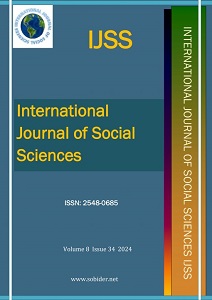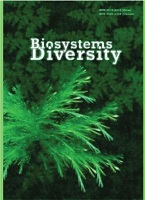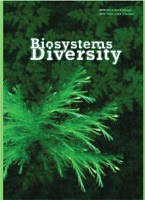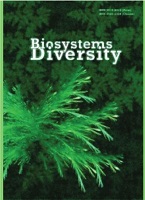Author(s): L. K. Alimova,M. S. Umurzakova,D. F. Zokirova,R. A. Khamzaev,G. Normuradova,B. Otakulov,A. Pazilov,J. A. Kudratov,R. S. Urazova,F. Z. Khalimov / Language(s): English
Issue: 1/2024
The Lower Zeravshan district of Uzbekistan is characterized by the most arid climate and is particularly affected by global warming and anthropogenic pressure. The biodiversity of herpetobiont beetles in this region has not been sufficiently studied, and this makes it difficult to monitor the fauna of the region. This work was carried out to assess the biodiversity and ecological features of some groups of herpetobiont beetles during 2019–2023. Soil and light traps, soil excavations and manual collection were used to collect material. A total of 131 species of beetles were identified. The carabid fauna of the region is represented by 43 species belonging to nine subfamilies, 19 tribes, and 28 genera. For the fauna of the Republic, two species were recorded for the first time (Syntomus obscuroguttatus (Duftschmid, 1812) and Scarites subcylindricus Chaudoir, 1843). The darkling beetle fauna includes 46 species belonging to three subfamilies, 16 tribes, and 30 genera. For the first time, five species were recorded for the fauna of the Republic of Uzbekistan (Cyphogenia lucifuga Adams, 1817, Trigonoscelis apicalis Reitter, 1907, Colpotus sulcatus (Menetries, 1838), Tribolium destructor Uyttenboogart, 1933, Pentaphyllus chrysomeloides (Rossi, 1792)). The fauna of ground beetles and darkling beetles of the Lower Zeravshan consists of two species complexes that differ sharply from each other – xerophilic (inhabiting desert biocenoses) and hygromesophilic (inhabiting agricultural landscapes). The similarity coefficients of the fauna of these two types of biocenoses are very low. The fauna of click beetles is represented by 10 species belonging to four subfamilies and seven genera. The fauna of lamellar beetles consists of 31 species (32 with subspecies), belonging to eight subfamilies, 13 tribes, and 19 genera. In agrocenoses, a significant increase in the number of herpetobionts is observed in the first days of June. But their maximum number is observed in early July. It has been established that seasonal fluctuations in the number of representatives of the families Carabidae, Elateridae, Staphylinidae, and Tenebrionidae occur almost in parallel. Fluctuations in the number of representatives of the Scarabaeidae family do not correspond to the above pattern, and the maximum value is observed at the end of July. The data obtained can be used to assess biodiversity and environmental monitoring of arid zones of Uzbekistan.
More...





